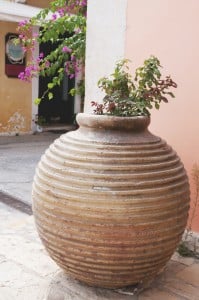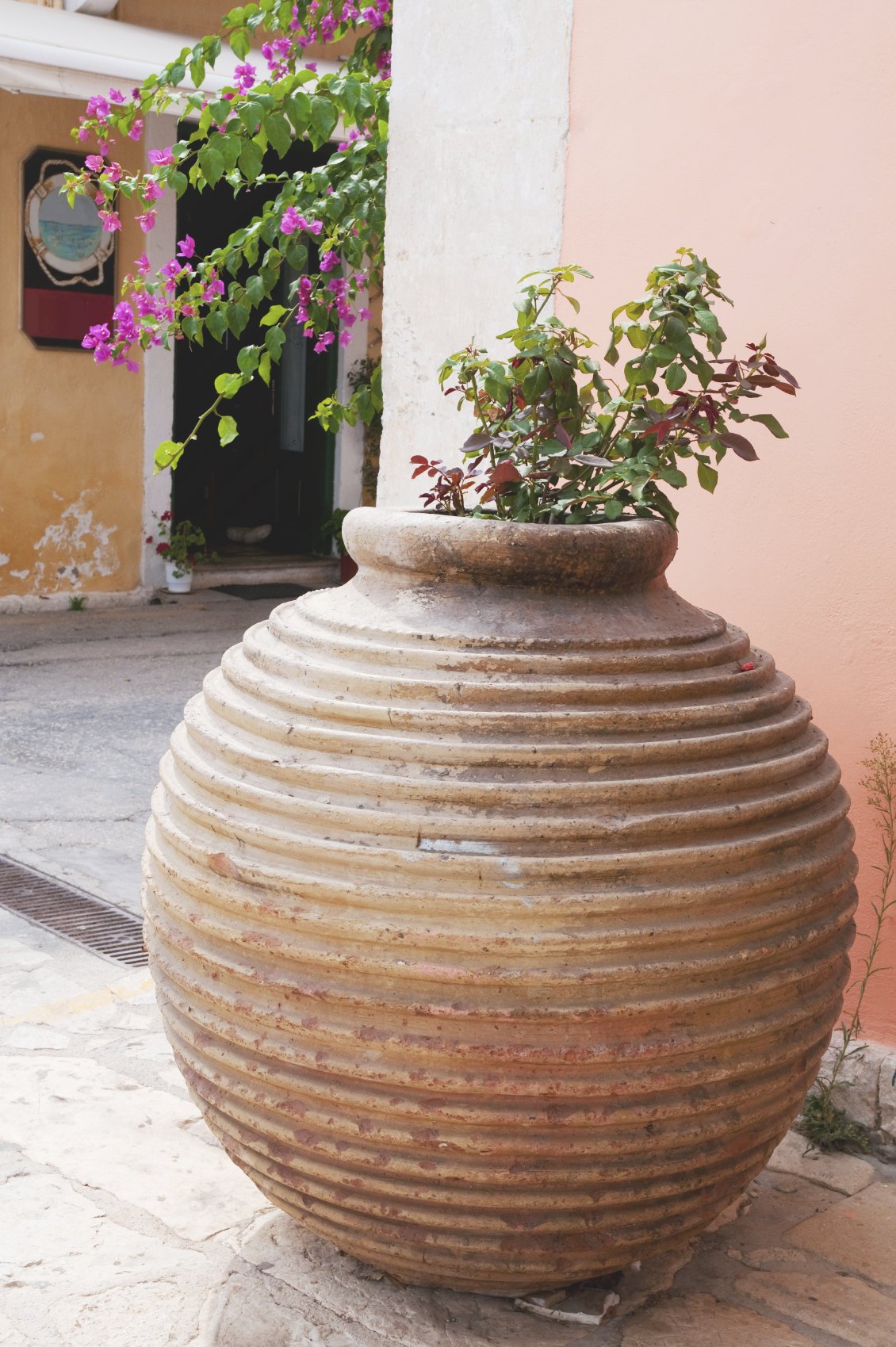 Filling a large planter with a variety of plants is a great landscaping design element used by novice gardeners and professionals. While the end results can look incredible, there are some unique challenges when it comes to arranging the perfect large planter. The following tips will help you fill a large planter that blooms beautifully, flourishing for years to come.
Filling a large planter with a variety of plants is a great landscaping design element used by novice gardeners and professionals. While the end results can look incredible, there are some unique challenges when it comes to arranging the perfect large planter. The following tips will help you fill a large planter that blooms beautifully, flourishing for years to come.
Tip #1: Choose Plants Carefully
Before you fill up a planter with your favorite impulse flowers, you will want to do a little research. There are a number of things to consider before mixing a group of plants together if you want the end results to look good and actually survive. First and foremost, you want to pick plants that require a similar dose of water and sunshine to avoid certain plants blooming and others simultaneously withering away.
Picking some plants that bloom in the winter and others that bloom in the spring will provide yearlong color. If instead you pick flowers that bloom at the same exact time you will have a predominantly dead planter throughout certain seasons of the year.
You must also consider plants that will compliment one another. The overall size, texture and appearance of plants will influence how well they look when planted all together. Once plants start to grow, will one dominate the bushel, or will certain dwarf plants become lost in the mix?
You don’t have to use diverse plants; in fact you can use the same exact plant or different variations of the same plant in one pot as well. For instance, a group of succulents provide unique beauty and charm, plus they are easy to care for and require little maintenance.
Tip #2: How Many Plants To Include In A Large Pot
It’s easy to over or underestimate how many flowers will fit in a large pot. There is no exact number, but there is a real art to fitting just the right amount of plants in one pot. In general, there are two different ways to combine plants in one pot, living flower arrangements and traditional flower arrangements. Living flower arrangements include as many flowers or plants as you can possibly fit into the space, offering a full and bountiful look right away.
Living flower arrangements are rather crowded, which looks great at first but produces a higher risk for disease as well as a decreased lifespan. Living flower arrangements are perfect for immediate perfection, say for instance you have a grand opening or party the following weekend.
For long term landscaping it’s recommended to stick with traditional planters. Traditional planters include a variety of plants spread apart with more room in between each one. While at first the planter might look a little sparse or incomplete, within a few weeks additional plant growth will fill in the missing spaces.
For a 10-12 inch planter it is recommended to use around 3 or 4 plants, depending on the size of each plant and how large they will continue to grow. Some plants grow so fast and furiously, such as Petunias, that you will need to pick other plants carefully to avoid overcrowding the space.
It takes longer for less crowded containers to fill up and look complete but your plants will thank you for the extra space to grow healthy roots. More space between plants also increases airflow and helps prevent stagnant soil water from contributing to disease.
Tip #3: How To Place Plants In A Planter
Arranging flowers is an art form itself, and requires some thought as well as trial and error to get it just right. The number of plants you use as well as the shape of the planter will change how you want to arrange the plants. In general all plants should be equally spread apart and configured in some sort of pattern that makes sense regarding the height and shape of each plant. Texture and color are other important things to consider when creating the perfect planter. There are some great visual diagrams for how to place different plants in a variety of planter boxes here: https://www.provenwinners.com/learn/container-garden-design-planting.
Tip #4: How Much Soil You Really Need
Filling up a very large pot with soil is quite cumbersome. Plus, if you ever need to move the planter it will be incredibly heavy if it’s filled all the way up with moist soil. It also takes a lot of water to get all of the soil in a huge planter moist. There are a few tricks that will help reduce the amount of soil you need while still providing your plants with a lovely pot to call home.
If your pot is big enough you can use other materials at the very bottom to use less soil, save money and reduce overall planter weight. Popular materials people use to fill the bottom of planters include milk jugs, soda bottles, packing peanuts and rocks. It all comes down to preference though, and there are endless options you can use. Some gardeners simply dump soil on top of the other materials but this can make a big mess for you later. By applying a thin plastic screening between the materials used at the bottom of the pot and your soil you will enjoy reduced clean up.
Some people believe that placing materials, such as rocks, at the bottom of the planter helps reduce drainage, while others strongly disagree. The best way to improve drainage, which is hugely important for a large planter filled with different plants, is with a self-watering planter.
Tip #5: Pick The Right Container For The Job
The large decorative planter you select will influence how well your plants thrive. A solid planter that can withstand exposure to the elements will keep your plants safe and sound, as well as looking great. Self-watering planters offer awesome advantages that can help you keep your garden thriving even if you’re not the best at remembering to water all the time (Read our blog on this topic). You should give the same amount of consideration to your planter as the plants you plan to grow within its confines.
TerraCast Products are proud to present the most innovative decorative planters on the market, proven to resist everything from graffiti to cracks.

